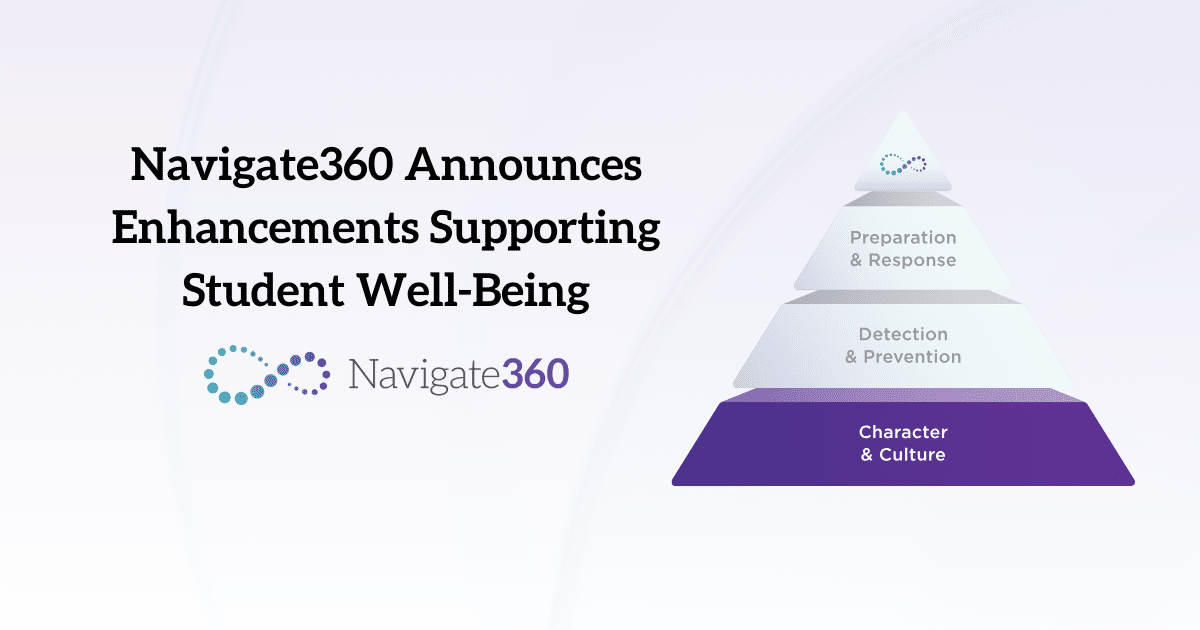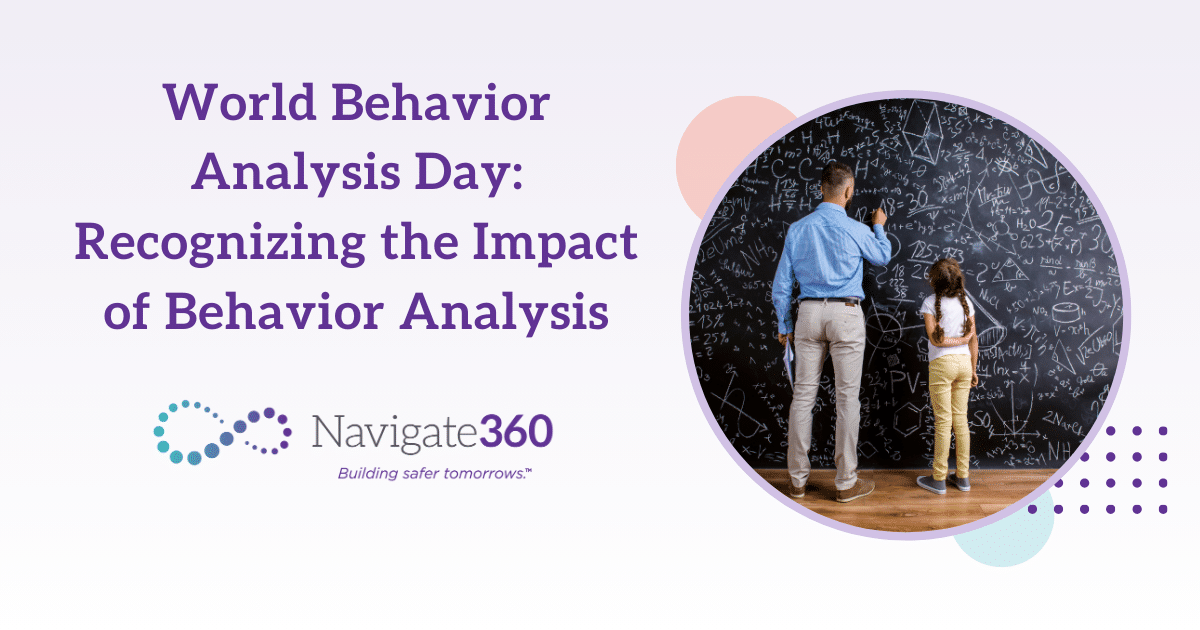Today’s teenagers are experiencing anxiety, uncertainty and depression at truly alarming rates. What can we do to help them?
Many of this nation’s teens are experiencing overwhelming depression and anxiety in light of the ongoing pandemic and related stressors involving remote learning, increased isolation and family instability, according to a poll Navigate360 recently conducted with John Zogby Strategies to determine how America’s teens are reacting to today’s turbulent economic and social challenges.
According to the Navigate360 / Zogby Strategies Public Safety and Security Survey, 56% of teens say they know someone who has considered self-harm or suicide, but less than one-third (32%) believe their schools are prepared to handle this issue. This data indicates that too many American teens lack confidence in schools’ ability to keep them safe when they return to the classroom – in fact, even less confidence compared to a previous survey conducted last year.
“Students are telling us they don’t feel safe in school, and we as a nation need to put in the work to reverse this trend,” said Navigate360 CEO JP Guilbault. “Through staff trainings and established processes and protocols, schools can ensure students are supported and comfortable asking for help.”
Key Results from The Survey Indicate:
Majority of Teens Unaware of How to Report a Threat
- Only 36% of teens ages 16-17 know who to contact to report a threat, and less than half (42%) believe their school is doing its best to create an atmosphere of physical and emotional safety.
More than 50% of All Teens Only Feel Safe at Home
- 58% of teens say they only feel safe at home, a 12-point decrease compared to last year’s survey.
Low Confidence in Schools' Ability to Handle an Emergency
- 37% of teens believe that their school has a comprehensive emergency plan.
Holistic Safety is Top of Mind for Teens
- 55% of teens surveyed think more about their physical and emotional safety and wellness compared to six months ago; 75% of teens in large cities are thinking this way.
- Only 55% of teens believe that school leaders think safety is a priority, and only 42% believe schools are spending enough time and money to keep students safe. One in three (35%) teens say they feel the “least safe” in school compared to their homes, after-school jobs, favorite restaurants or places of worship.
“Leaders in both the public and private sectors need to come together and take action to address our nation’s school safety crisis,” said Guilbault. “Americans should have confidence that students are learning in environments that are physically, socially and emotionally safe and allow young adults to thrive so they can reach their full potential.”
Assessing Adults’ Outlook
According to the poll, adults are more positive about how leaders and institutions are handling workplace, school and public safety. Of the nine areas tested, confidence among adults actually rose in six categories between four and eight percentage points. Nonetheless, 38% feel less safe about their own or their child’s school; 34% about their place of worship; and 50% about their favorite restaurant. Three in five adults (59%) say they think more about their physical and emotional safety than they did six months ago.
What We Can Do
Despite teens’ uncertainty about schools’ ability to ensure their safety and emotional wellbeing, there are steps we can take to build their confidence and sense of security – whether they’re returning to their classrooms or continuing learning in virtual environments.
Students can benefit from access to social-emotional learning curricula that helps them manage their emotions as they build a sense of accountability, empathy and justice for everyday life. In addition, schools can connect troubled students to counseling and other critical mental health resources when concerning behavior is identified through comprehensive behavioral threat assessment programs. Providing ongoing support is key to making students feel that their schools are taking their physical and emotional safety seriously. This is especially crucial given the current national climate.
“While adults are slowly becoming more confident, today’s Gen Z teens are known for not trusting familiar institutions and leaders,” said John Zogby, who conducted the poll. “The current crisis only seems to have exacerbated that rejection, especially towards school leadership and their ability to keep students safe. Unaddressed, this could have broader outcomes on Gen-Z’s future.”
About The Poll
The Navigate360 / Zogby Strategies Public Safety and Security Survey consisted of a sampling of 1,000 of this nation’s adults and was conducted online on December 14, 2020. The margin of sampling error is within +/-3.2 percentage points. The poll of 304 16- and 17-year-olds was conducted online on December 14, 2020, with parental permission. It has a sampling error of +/-5.7 percentage points.
This poll is part of The Public Safety and Security Index and is the second analysis from Navigate360 and John Zogby Strategies in their efforts to assess the state of mental and physical safety and wellbeing in the United States. The results show that despite a new year, a change in administration and hope for vaccines to prevent the spread and rise of Covid-19, fear is still present in the lives of many Americans young and old.
[On Demand Webinar] Discover How to Build a Culture of Safety for Your Schools with Effective Prevention Strategies
Watch this on demand presentation in partnership with Aubrey Independent School District and the National Association of School Resource Officers. This webinar highlights effective threat prevention strategies for schools, and explains how you can use them to reinforce your commitment to safety. Access the replay now.




